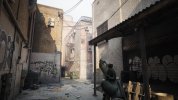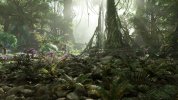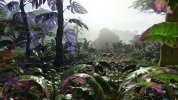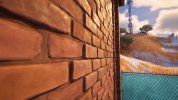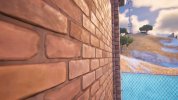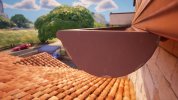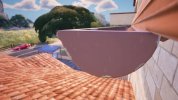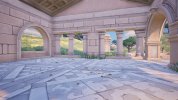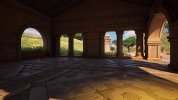that you don't know ! Unless you have actual numbers, perception can be deceiving,Compared to Avatar jungle scenario Robocop only displays a fraction of the amount of geometry on the screen. Avatar is not the typical example that requires a "huge bump in geometry".
latest example is cloud in FFVII rebirth, it has twice de polycount as Cloud in FFVIIR, but at glance it does not show.


